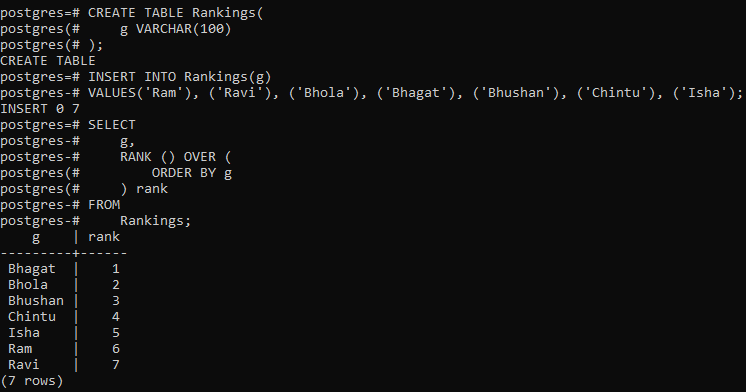

In a current database, the surrogate key can be the primary key, generated by the database management system and not derived from any application data in the database.

#Postgresql appily 2 primary keys how to
As always if you’re stressing about how to setup your database, how to manage it, or whether you should migrate, please don’t hesitate to ask.There are at least two definitions of a surrogate: There are more advanced options with primary keys so stay tuned for more information from Object Rocket.
#Postgresql appily 2 primary keys serial
We then showed a very simple example of using a primary key when creating a table and then a more practical use with the SERIAL type. In this article we talked about why primary keys are used in sql databases to make sure rows can always be uniquely identified. It’s also, as you’ve seen, super easy to implement and you don’t have to specify ids when inserting new rows instead they get assigned when they are added. Notice how the ids started at 1 and are incrementing sequentially by themselves. We want each product to have their own id number (INTEGER) which will be unique primary key. Let’s imagine we are creating a database for a small grocery store and creating a table for all the products. Let’s create a primary key on a new table. You should also know that there can be only one primary key per table although other columns can have constraints that require they also be unique and/or not null.

The primary key also has the requirement that it is not null. If it’s useful, think of this like a social security number where no two people have same social security number. What is a Primary KeyĪ primary key is a column in a table which must have a unique value so that each row in a table has at least one unique identifier that allows it to be uniquely identified. In this article we’ll cover what a primary key is in SQL programming languages and go over a concrete example using PostgreSQL.


 0 kommentar(er)
0 kommentar(er)
